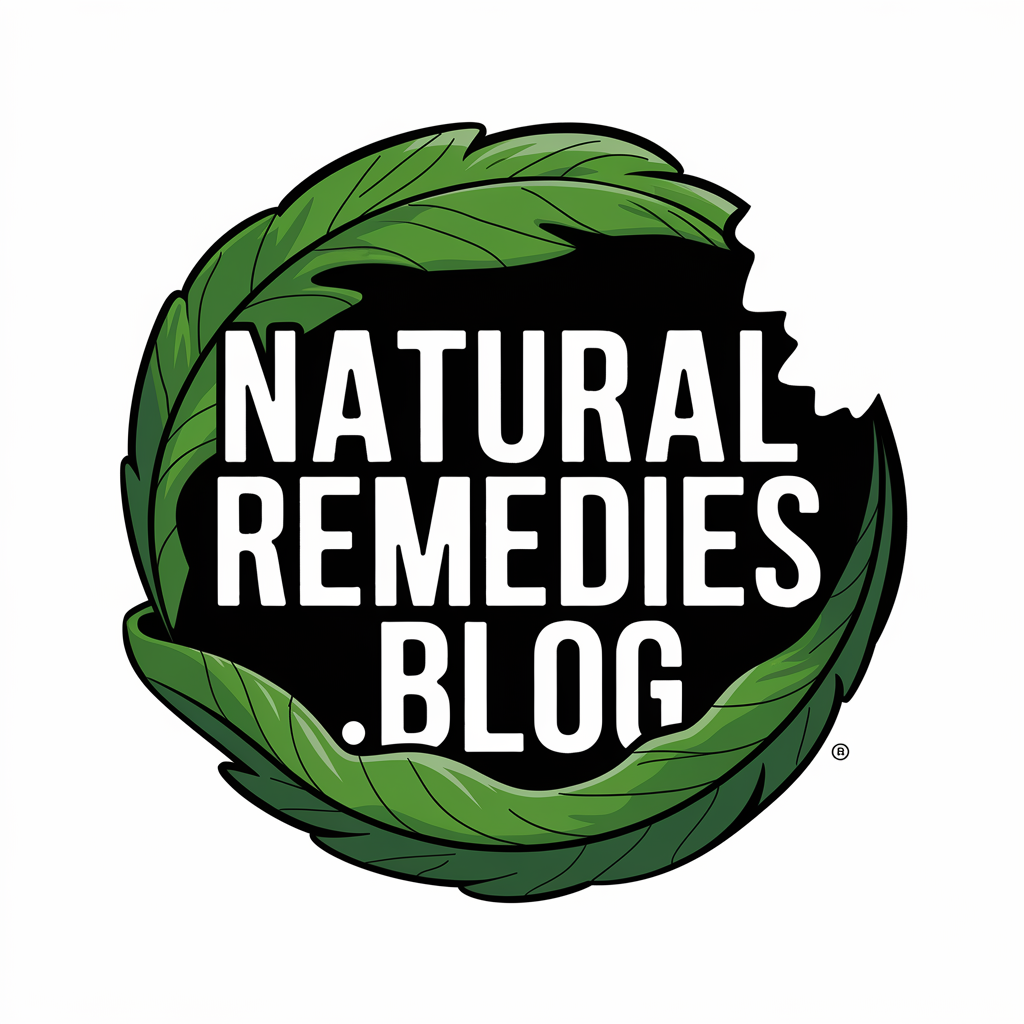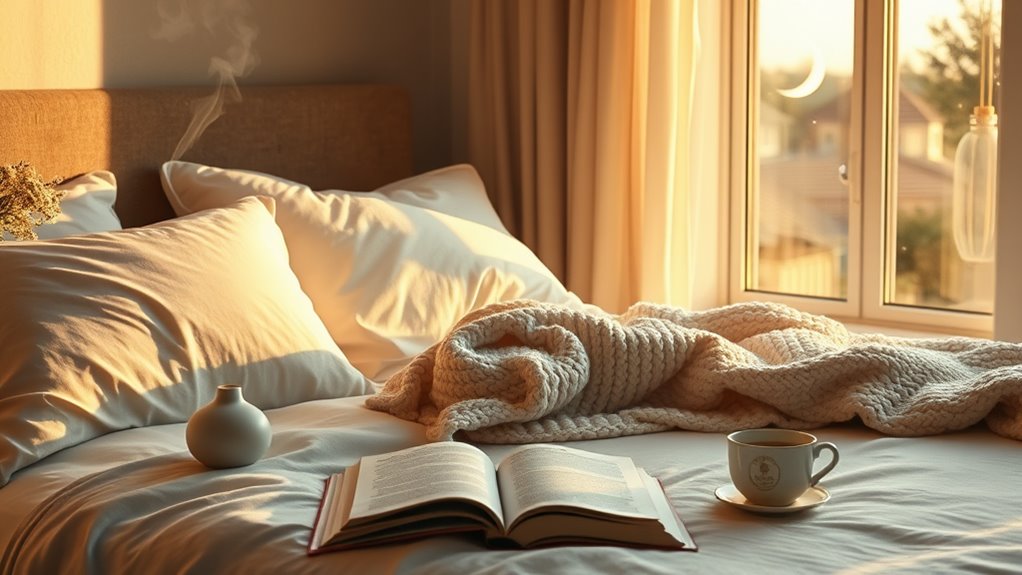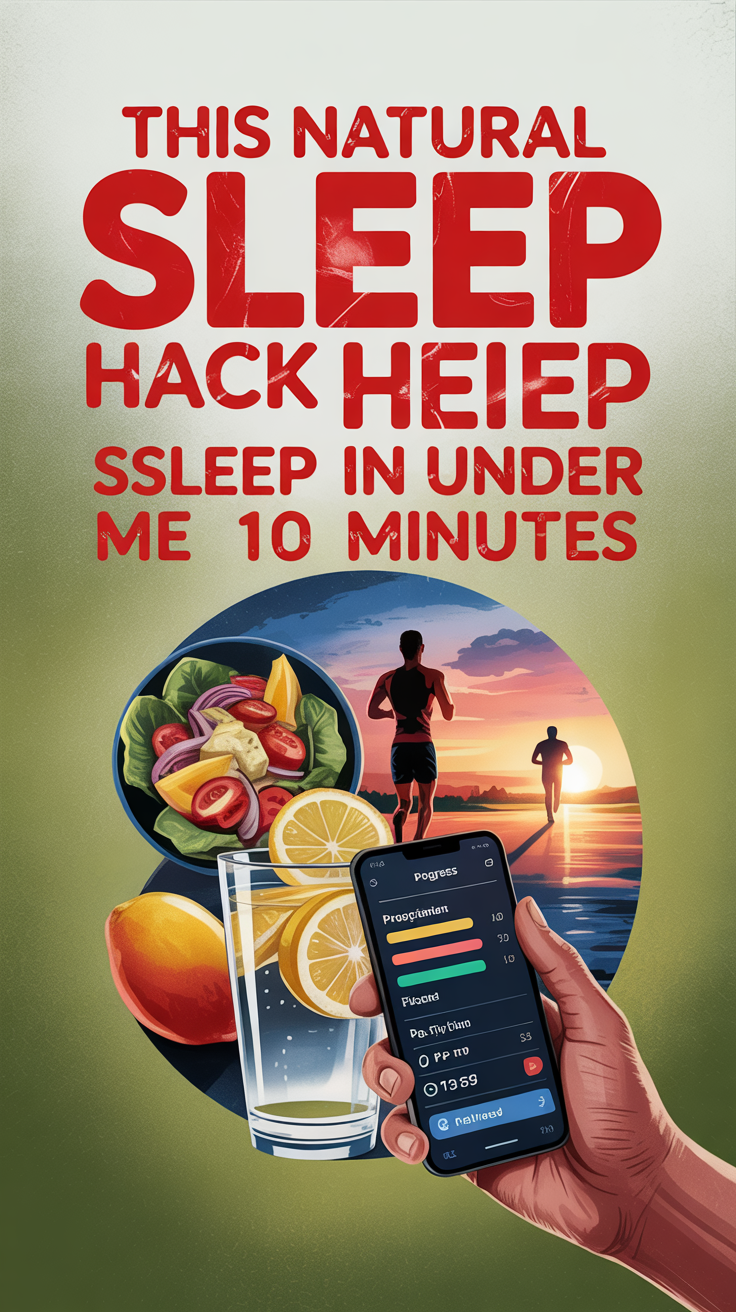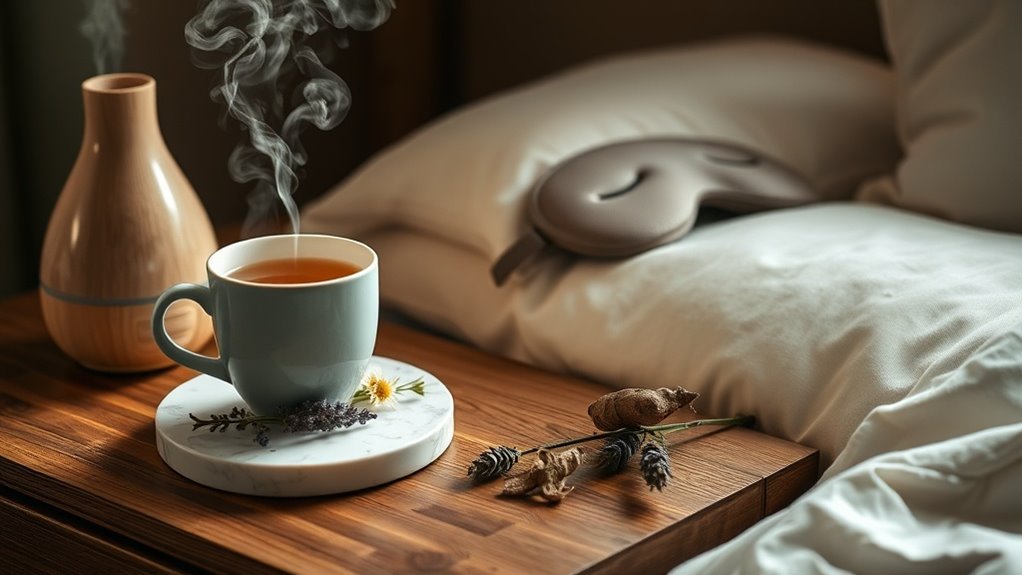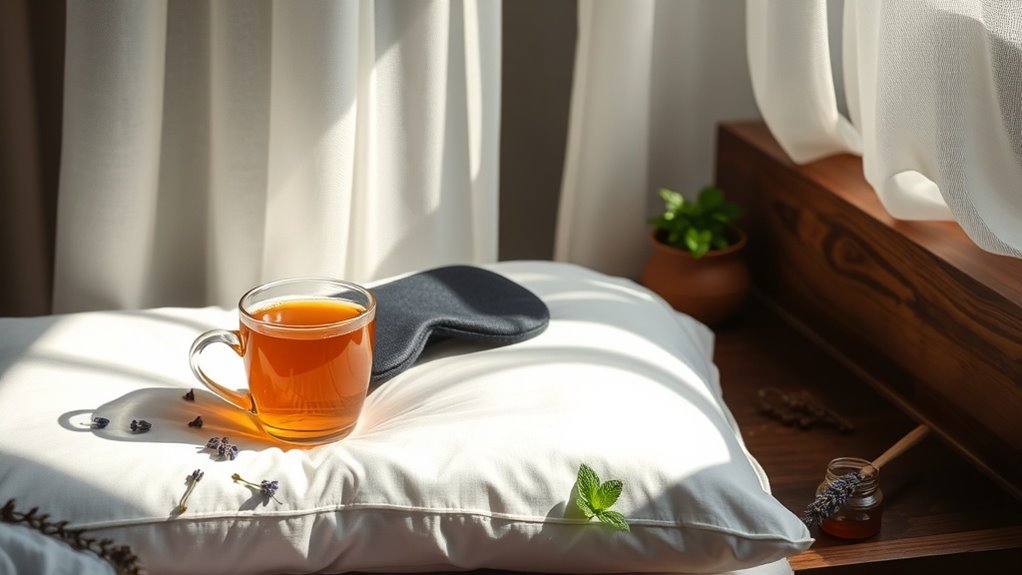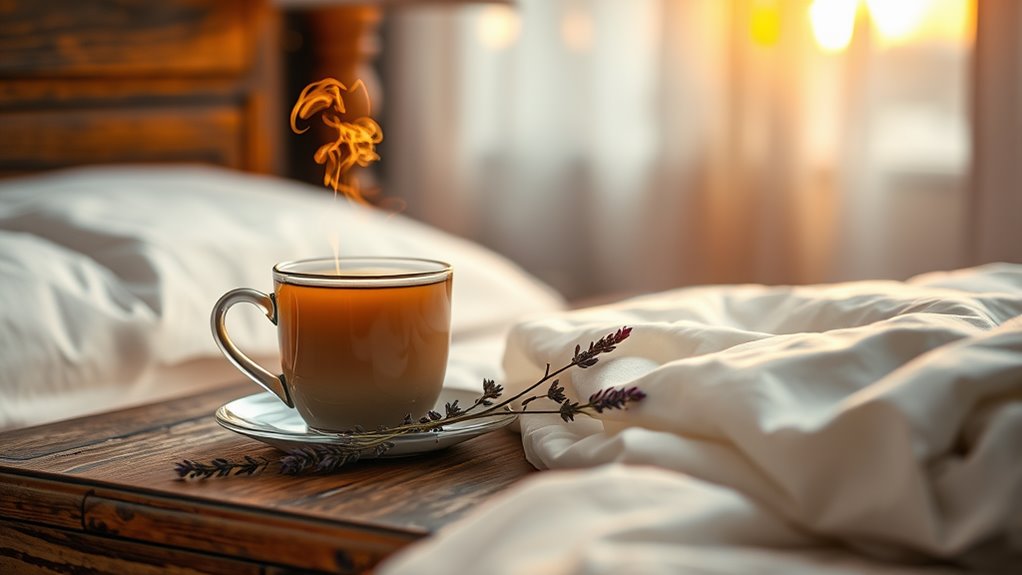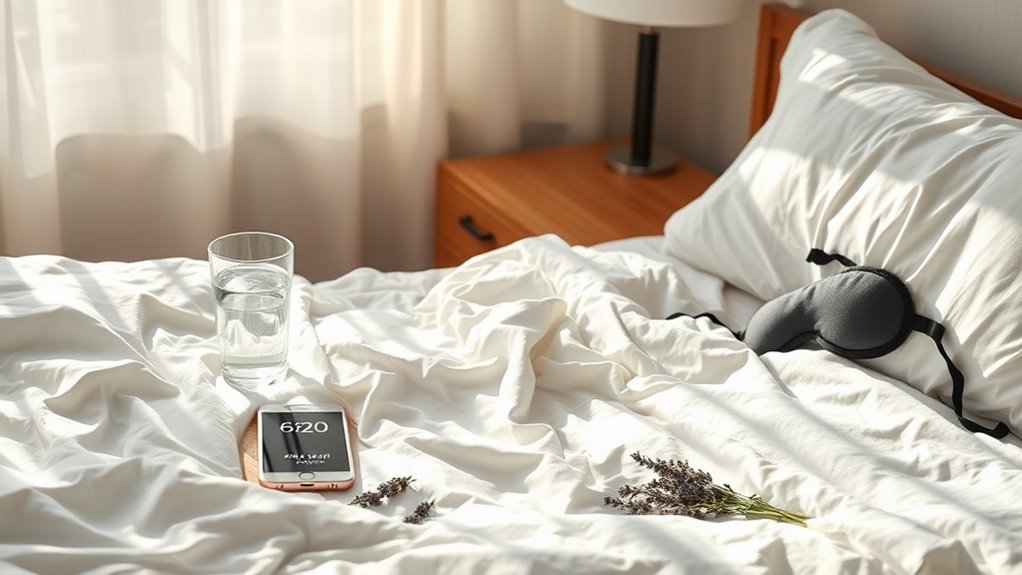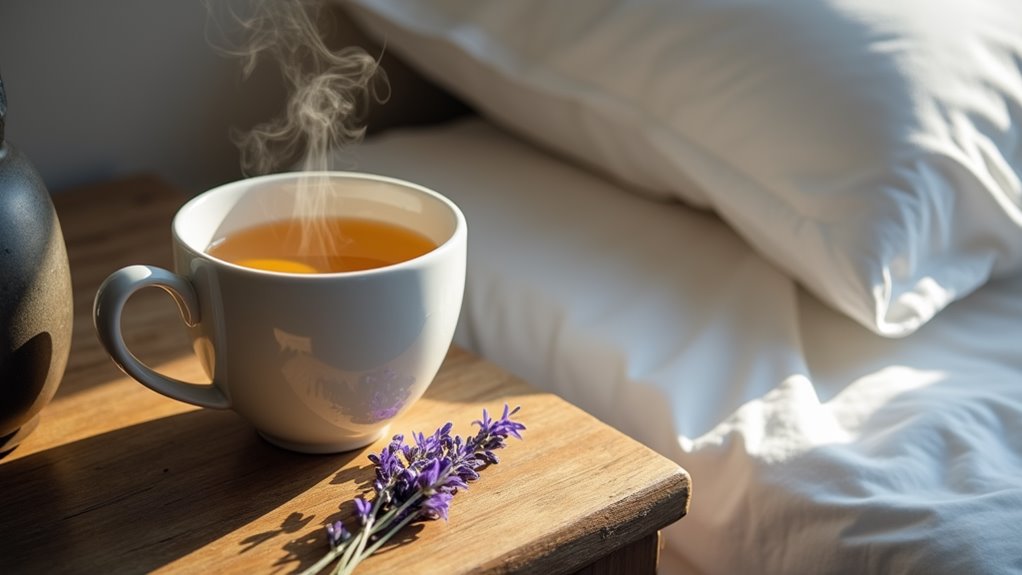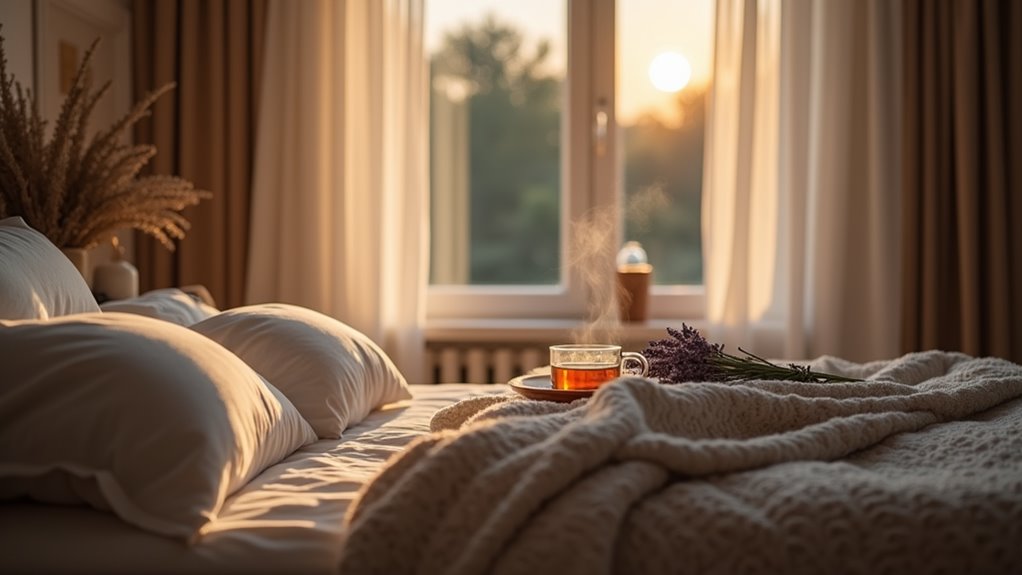This Natural Sleep Hack Helped Me Sleep in Under 10 Minutes
The military sleep method, combining the 4-7-8 breathing technique and progressive muscle relaxation, can help you fall asleep in under 10 minutes. Inhale for four seconds, hold for seven, and exhale for eight to calm your nervous system. Pair this with a serene visualization scene for added relaxation. Optimizing your sleep environment, like keeping your room dark and cool, also plays a crucial role. Explore these techniques further for enhanced sleep quality and effective strategies tailored to you.
Understanding the Military Sleep Method
The Military Sleep Method is a technique designed to help you fall asleep quickly, even in challenging conditions. Originally used by U.S. Army soldiers and Navy pilots, this method employs natural sleep remedies like progressive muscle relaxation, deep breathing, and visualization. This technique was developed by Bud Winter, an Olympic sprint coach, to aid pilots in achieving rest in stressful environments. By focusing on tensing and relaxing muscle groups, slowing your heart rate, and imagining peaceful scenes, you can create a calm state conducive to sleep. Incorporating 4-7-8 breathing can further enhance your ability to transition into a restful state. Although scientific evidence supporting its efficacy is scarce, many individuals report improved sleep habits and reduced stress. Practicing this method regularly may enhance your ability to fall asleep whenever you need it.
The Power of 4-7-8 Breathing Technique
Ever wondered how something as simple as your breath could transform your sleep quality? The 4-7-8 breathing technique is rooted in ancient yogic practices, triggering your parasympathetic nervous system to reduce stress. By inhaling for four seconds, holding for seven, and exhaling for eight, you lower your heart rate and blood pressure, promoting relaxation. This method enhances theta and delta brain waves, helping you fall asleep faster. Regular practice of 4-7-8 breathing not only calms your mind but reduces anxiety and manages pain. Best of all, it requires no special equipment and provides noticeable benefits in just a few cycles. As you engage in this technique, you may experience a reduction in sleep inertia, which can often prolong feelings of grogginess after waking. Give it a try tonight!
Optimizing Your Sleep Environment
How does your sleep environment impact the quality of your rest? A well-optimized space can promote deeper sleep and easier transitions to slumber.
Keep your room temperature around 65°F (18°C) to support thermoregulation. Additionally, ensure your bedroom is very dark during sleep hours to enhance your overall rest quality. Working with the body’s natural sleep mechanisms can lead to more restorative sleep.
Manage noise with white noise machines or soundproof curtains. Block disruptive light using blackout shades and practice a screen curfew for at least 90 minutes pre-bed.
Declutter your space and arrange furniture to reduce stress. Finally, invest in quality bedding: choose supportive pillows, replace your mattress every 7-8 years, and consider layering for comfort.
These adjustments can transform your sleep experience significantly.
Natural Sleep Aids for Better Rest
Melatonin, a hormone your body naturally produces, can help regulate your sleep-wake cycle and reduce the time it takes to fall asleep. Magnesium and glycine supplementation may also improve sleep quality. Additionally, magnesium deficiency is quite common, especially in certain demographics, which can further impact sleep. Valerian root and chamomile tea are popular, but their effectiveness isn’t conclusively proven. Tart cherry juice offers melatonin and potential sleep benefits. Moderate aerobic exercise enhances slow-wave sleep, so consider incorporating it into your daily routine. Remember to balance hydration to avoid night trips to the bathroom. Combining these options with good sleep hygiene can enhance their effectiveness, making it easier to achieve the restorative sleep you need.
Effective Relaxation and Visualization Techniques
To improve your sleep quality, adopting effective relaxation and visualization techniques can be transformative.
You can practice progressive muscle relaxation to release tension, while serene scene visualization transports your mind to calming environments. Additionally, incorporating mindfulness meditation enhances self-awareness and fosters a peaceful state, making it easier for you to unwind at bedtime. Regular practice of breathing techniques can also significantly enhance your relaxation efforts, helping to calm your mind and body as you prepare for sleep. Moreover, these techniques work to balance your body’s natural sleep rhythms, promoting restful and restorative sleep.
Serene Scene Visualization
Imagine drifting into a state of serenity as you harness the power of Serene Scene Visualization.
This technique calms your nervous system, reduces stress, and enhances your sleep hygiene.
By immersing yourself in peaceful environments, you transport your mind to relaxation.
Consider these effective strategies:
- Practice deep breathing to center yourself.
- Visualize safe spaces where you feel calm.
- Use guided imagery for vivid mental landscapes.
- Incorporate sensory details, like sounds and scents.
- Focus on being present to maximize relaxation benefits.
These tailored visualizations not only promote tranquility but also improve your overall well-being and sleep quality.
Progressive Muscle Relaxation
Progressive Muscle Relaxation (PMR) offers an effective method for reducing stress and enhancing sleep quality by systematically tensing and relaxing muscle groups throughout your body.
Begin by finding a comfortable, quiet space and take a few deep breaths. Progressively tense each muscle group from your feet to your face, holding for 5-10 seconds before releasing. Synchronize your breath, exhaling deeply as you relax.
This technique reduces cortisol, lowers heart rate, and improves muscle awareness.
Regular practice not only alleviates insomnia and anxiety but also builds a greater connection between your body and mind, paving the way for restful sleep.
Mindfulness Meditation Benefits
Mindfulness meditation offers numerous benefits that can enhance your relaxation and improve sleep quality.
By focusing on the present moment and reducing stress, you’ll find it easier to drift off at night.
Here are key benefits you’ll experience:
- Lowers stress hormone levels, reducing anxiety
- Slows heart rate and breath, promoting relaxation
- Eases racing thoughts and emotional reactivity
- Enhances sleep quality and reduces disruptions
- Supports a peaceful mental state through visualization
Incorporating mindfulness into your nightly routine can transform your sleep experience, making it a practical, effective technique for achieving restorative rest.
Daytime Habits That Enhance Sleep Quality
How can our daily habits influence the quality of our sleep? Engaging in healthy routines can significantly enhance your sleep quality. Spending time outdoors for 3-5 hours daily maximizes natural light exposure, strengthening your circadian rhythm. Regular exercise helps reduce daytime sleepiness, but aim for morning sessions to support better rhythm regulation. A balanced diet rich in fiber and vitamins also fosters healthier sleep, while managing caffeine and sugar intake is crucial. Additionally, being mindful of certain medications affecting dopamine levels can also help in reducing sleep disturbances related to Restless Legs Syndrome. Practicing relaxation techniques during the day can alleviate stress.
| Habit | Recommendation | Benefits |
|---|---|---|
| Natural Light Exposure | 3-5 hours outdoors | Improves circadian rhythm |
| Physical Activity | 2.5 hours weekly | Reduces sleep onset time |
| Diet | High in fiber, low in sugar | Supports deep sleep phases |
| Stress Management | Calming breaks | Enhances sleep quality |
